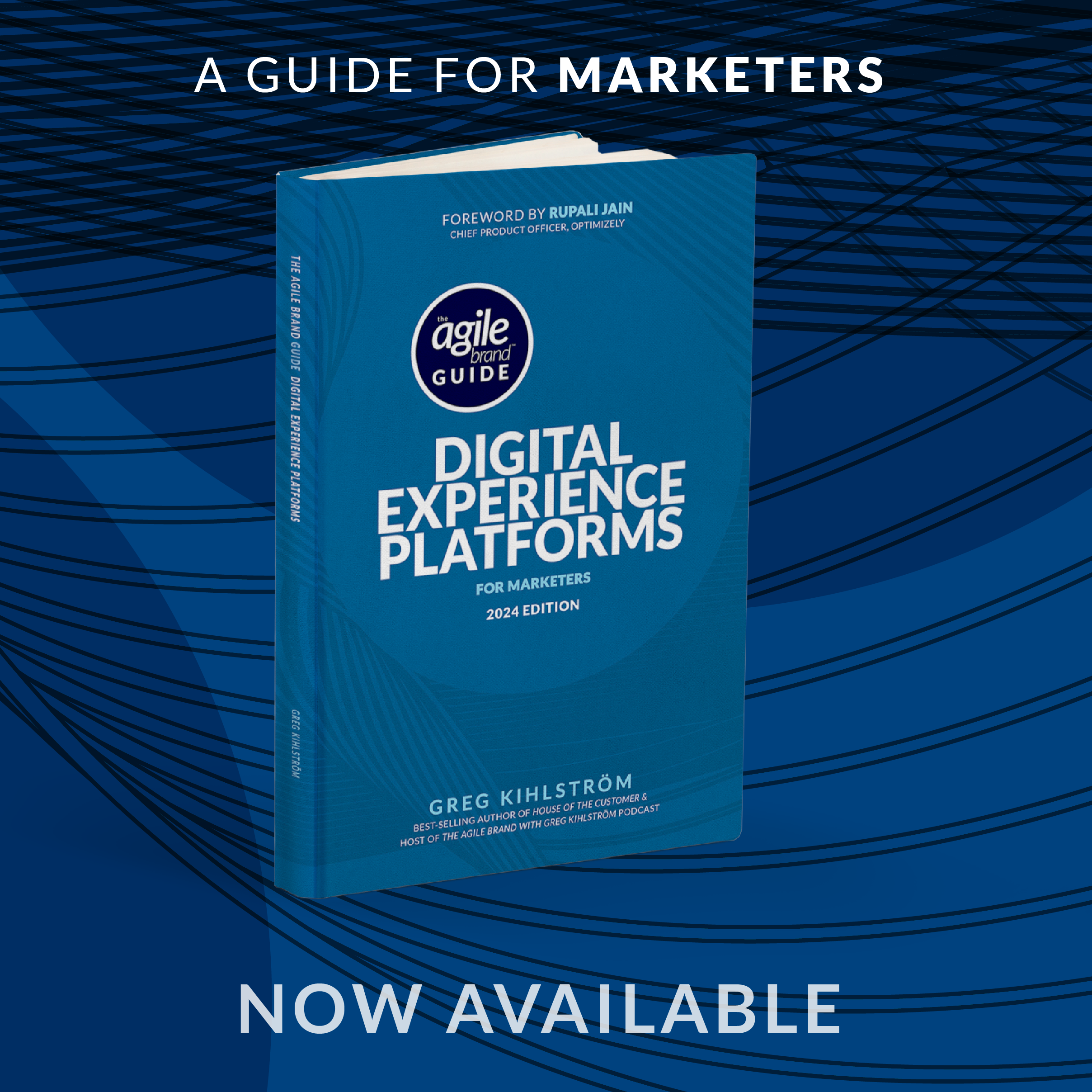This article was based on the interview with Rik Chomko of Inrule by Greg Kihlström for The Agile Brand with Greg Kihlström podcast.
Listen to the original episode here:
Automation and machine learning have revolutionized the way businesses operate and interact with their customers. By leveraging these technologies, organizations can improve the customer experience, making it more efficient, personalized, and seamless. This essay will explore how automation and machine learning enhance the customer experience and provide actionable insights.
One way automation improves the customer experience is by streamlining processes and making them more efficient. By leveraging decisioning and artificial intelligence, businesses can automate repetitive tasks and complex decision-making processes. For example, in the case of product configuration, automation can ensure that customers do not encounter any compatibility issues when customizing their products. This prevents frustration and disappointment, as customers do not have to place an order only to find out later that certain configurations are not possible. By automating these decision-making processes, businesses can provide a smoother and more satisfying customer experience.
Additionally, automation plays a crucial role in post-sales interactions, further enhancing the customer experience. Automated decision-making can ensure that customers receive the benefits and services they are entitled to, such as loyalty program perks. For instance, in the case of a hotel loyalty program, automation can ensure that customers at a certain level receive all the benefits associated with their status. This eliminates any ambiguity and ensures consistency in implementing loyalty program policies. By automating these decisions, businesses can avoid customer dissatisfaction and maintain a positive customer experience.
Machine learning and predictive analytics also contribute to improving the customer experience. These technologies enable businesses to gain valuable insights and make informed decisions based on data. Predictive analytics can identify patterns and trends, allowing organizations to anticipate customer needs and preferences. By leveraging machine learning algorithms, businesses can provide more personalized and tailored offerings to customers. For example, in the insurance industry, machine learning can help customize insurance policies based on specific risk factors and customer profiles. This level of customization enhances the customer experience by providing products and services that align with individual needs and preferences.
Furthermore, machine learning and automation can significantly impact the customer experience in areas such as claims processing. Traditionally, the process of adjudicating auto claims could be time-consuming and cumbersome. However, automation and machine learning can streamline this process by automating claim assessment and reducing the time it takes to reach a resolution. For instance, machine learning algorithms can analyze images of damaged vehicles and make accurate assessments, expediting the claims process. This not only improves efficiency but also enhances the overall customer experience by reducing waiting times and providing faster resolutions.
In conclusion, automation and machine learning have the potential to greatly enhance the customer experience. By automating decision-making processes, businesses can prevent errors, improve efficiency, and provide a smoother customer journey. Machine learning and predictive analytics enable organizations to gain valuable insights, personalize offerings, and anticipate customer needs. However, it is important to note that while automation and machine learning can augment human decision-making, human judgment and experience are still essential in making final decisions. Automation and machine learning are powerful tools that support and enhance the customer experience but should not replace human expertise.
Original Source:









